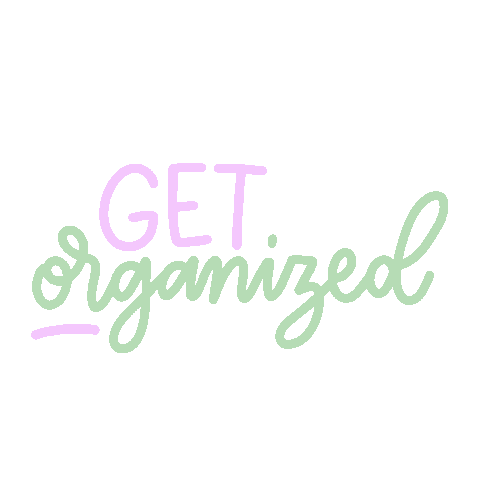Todays' blog post is the next post in a series of posts sharing the TL;DR information available in the Illinois Computer Literacy Knowledge and Skill Development Continuum adopted May 2022. In this series, it is hoped that you will have a better understanding of what technology skills our students are expected to have at different grade levels. Of course, each student is different -- some will acquire these skills sooner than their peers; some will acquire them later. These are meant to be a guide for teachers.
Computer literacy isn't just something that is taught in "computer class" by a "computer teacher." Because the use of computing devices impacts our students at school and at home, for school work, for socializing, and for fun or entertainment, computer literacy is something every educator needs to assist students with. It is my hope that by summarizing these skills for you, it will be easier for you to find ways to help students develop, refine, and retain the computer literacy skills they will need and use for the rest of their lives.
You can find the actual continuum here. What you will see in these posts and the linked spreadsheet are my interpretations and summaries.
The legal stuff isn't usually the fun stuff. Btu if our students are going to use technology and the internet, then there is some basic legal stuff they do need to know. First, they should have a basic understanding of what our district's acceptable use policy (AUP) is. Younger kids just need to know that they agree to follow the teacher's rules about computers and going online; older kids can start to learn a little more specifically what they should and should not do with district devices, accounts, hardware, network, etc. If you showed the Chromebook video to your students at the start of the school year, then you've covered our AUP!
In addition to this, kids should also start to become familiar with principles of copyright and fair use. Whenever we as teachers ask kids to do research or find videos, images, or other media online, we also need to ensure they understand copyright as it pertains to them at their age. This can be a tall order because a lot of teachers don't fully understand copyright themselves. Want to see how well you understand it? Here's a Quizizz activity you can use to check yourself! I would love it if you would share your results in the comments! I have some great lessons prepared for students about copyright that I would LOVE to come present! Let me know in the comments or via email if you'd like me to come in to talk about copyright with your students. After my lesson, you and your students will be the recipients of a shiny new, "Copyright Bright" sticker!
Take a look at what the kids should know at each level by going to this spreadsheet and looking under the "Legal" tab!


